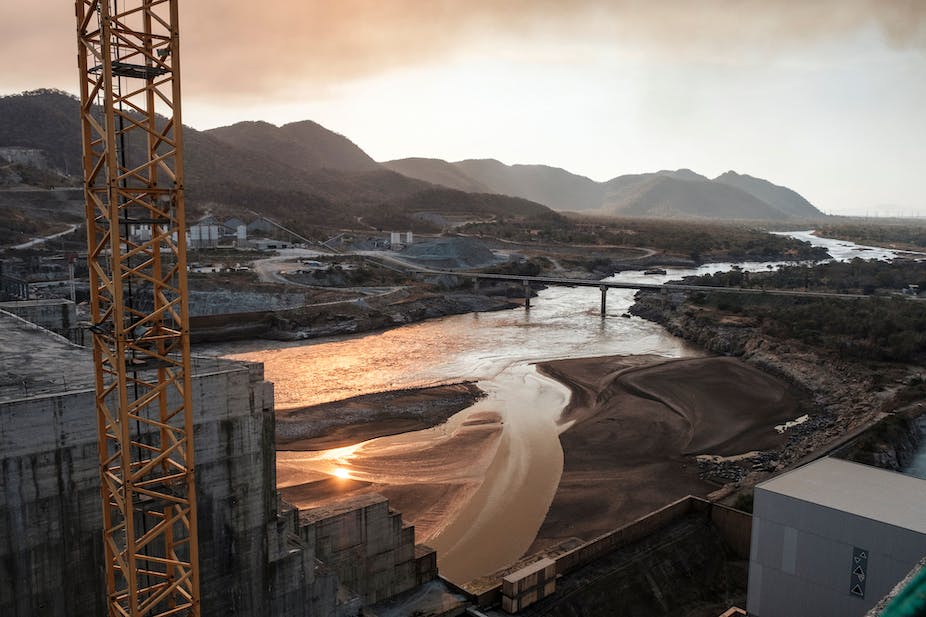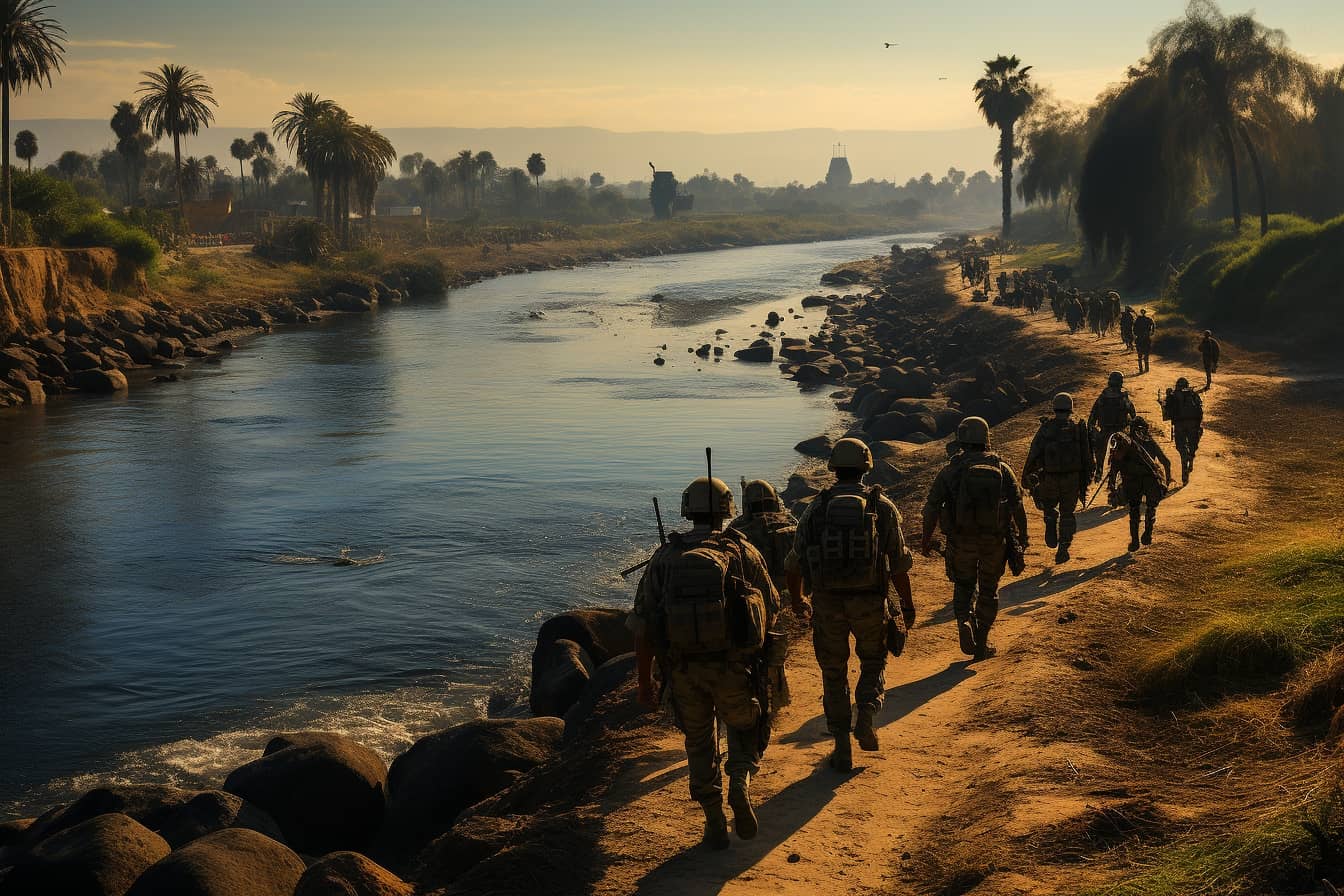Think about your water bottle. Simple, indispensable, harmless (except, perhaps, when it's plastic). Now, think about when this water will become a cause of war, especially in river areas. Ethiopia knows this well, having recently started the "Great Renaissance Dam" project on the Nile, already a source of tensions with Sudan and Egypt. The two nations see the $4,6 billion project as a threat to their vital water supplies. And maybe they are right.
When rivers unite and divide
There are hundreds of rivers that flow through more than one country. Like any precious resource, even water when "shared" can generate cooperation or conflict. There are multiple factors at play: economic, cultural, historical. And although history has taught us that cooperation prevails in most cases, water tensions are an increasingly present reality.
Take Africa, for example: ha well 66 transboundary river basins, which include the Nile, the Juba-Shebelle basins and Lake Turkana. With population growth, the intensification of water use and climate change, the risks of conflict may increase.

A future of "river wars": three possible scenarios
A recent study by researchers from IHE Delft, Utrecht University and Wageningen University & Research projected three possible scenarios for the future of conflicts related to cross-border river basins.
If things continue as they are now, and climate change worsens, by 2050 around 920 million people will live near river basins at high risk of conflict. If countries improve water use, strengthen cooperation, and do more to prevent or mitigate conflict, the number drops to 536 million (still high).
A few more details
In the study (that I link to you here) the researchers looked at a number of risk factors. These include the construction of mega-dams, institutional resilience and various socio-economic and climatic factors. From these factors they then sought to understand the overall risk of conflict for each of the transboundary river basins.
The African and Asian regions, where various risks coincide, are particularly exposed. In Africa, further risks must also be added, such as the high variability of river basins, the limited availability of water and the dependence of downstream countries on upstream ones.
Current tensions in the Nile related to Ethiopia's Grand Renaissance Dam, for example. I am a paradigm. I told you about it at the beginning of the article, but I didn't tell you that they could intensify when Ethiopia decides to build other new hydroelectric mega-dams: Egypt and Sudan are highly dependent on the water resources of the basin.
The challenges of the future: new plants and drought
The study reveals a worrying, but not inevitable, picture. Drought can cause conflict, but it can also encourage cooperation and innovation. It is a global challenge that requires global solutions. From improving water efficiency to investing in desalination technologies of water, from water conservation education to cross-border cooperation, we have the tools to address this crisis.
Drought, ultimately, is not just a question of water. It is a question of peace, justice, human rights. It's an issue that affects all of us, regardless of where we live. Our ability to meet this challenge will determine the future of our planet and our species. Because, as the poet WH Auden said, “thousands have lived without love, none without water”.


